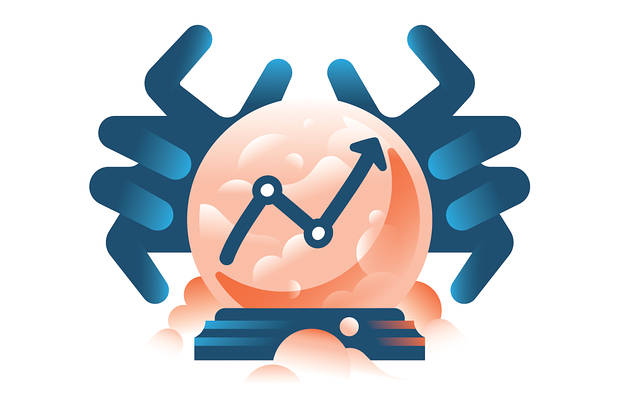In my last blog, I explained why people are bad predicters.
If we know we are bad predictors, the question of course becomes: what can we do about it? How can we become better predictors?
Nate Silver offers a solution in his book The Signal and the Noise. And he should know! Nate Silver predicted the outcome of 49 out of 50 states correctly in the Obama-McCain election in 2008.
In order to become better predictors, Silver argues people should list their predictions, and confront themselves with the actual outcomes.
Using the outcome of past predictions is a technique used in Bayesian statistics.
According to Silver, we should become Bayesians. Here’s how:
Imagine you don’t learn for the exam, and you’ll score a good grade. You now want to predict the chance that not learning leads to getting good grades.
To calculate the conditional probability of you scoring higher if you put in more work Pr (A|B) , you need:
– the conditional probability that you put in more work given you got a higher grade Pr(B|A)
– the chance that you put in more work Pr(B)
– a prior: your initially held belief that you would get a good grade Pr(A)
You can calculate the result with the following formula:

Because you use a prior in the formula, which is your initial belief, your prior knowledge is relevant in making an estimation.
This is an advantage of the Bayesian method, as it uses your initially held beliefs as a source of knowledge.
But it also serves as a way to update your beliefs. If your predictions are constantly wrong, you should adjust your beliefs.
In other words: your prior changes.
The consequence of this method is that if you are confronted with your own biases because your estimations are often wrong, you can fill in the Bayes formula multiple times, every time with an adjusted prior.
In this way, if you update your prior after every test, your beliefs will slowly diverge to the most accurate prediction possible.
So, if you want to become a good estimator, you should become a Bayesian and keep track of the result of all your past predictions!
I’m curious what you guys think: is this a good strategy for gathering truthful information?
In any case, I recommend everyone to read The Signal and the Noise as it is a great read!
Sources:
Silver, N. (2012). The signal and the noise: why so many predictions fail–but some don’t. Penguin.

